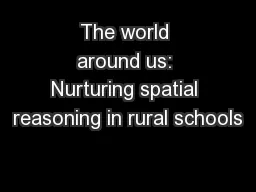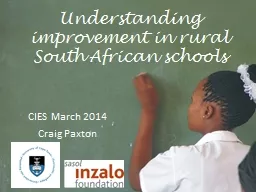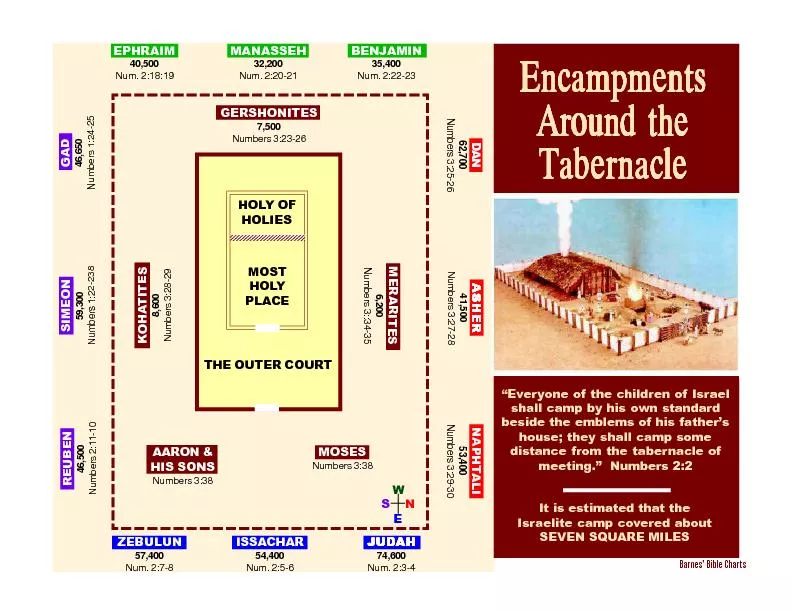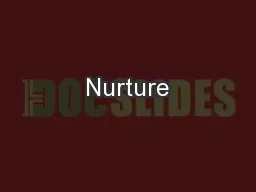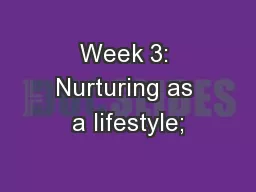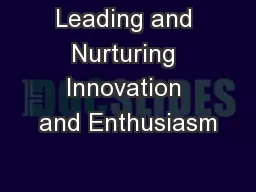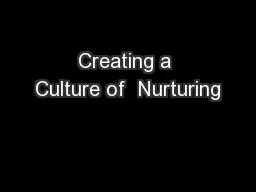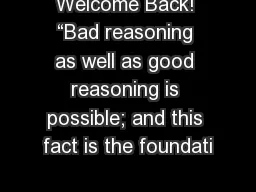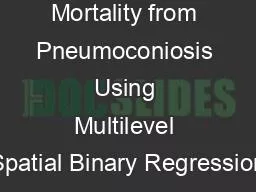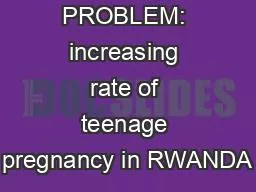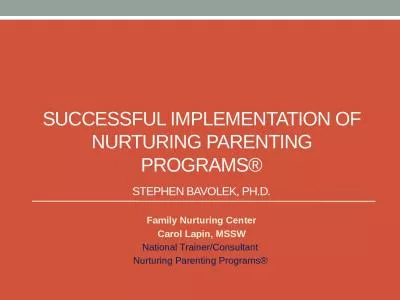PPT-The world around us: Nurturing spatial reasoning in rural schools
Author : luanne-stotts | Published Date : 2019-03-20
Dr Chris Reading SiMERR National Research Centre UNE Australia ISFIRE2018 Path to the investigation What is spatial reasoning How important is spatial reasoning
Presentation Embed Code
Download Presentation
Download Presentation The PPT/PDF document "The world around us: Nurturing spatial r..." is the property of its rightful owner. Permission is granted to download and print the materials on this website for personal, non-commercial use only, and to display it on your personal computer provided you do not modify the materials and that you retain all copyright notices contained in the materials. By downloading content from our website, you accept the terms of this agreement.
The world around us: Nurturing spatial reasoning in rural schools: Transcript
Download Rules Of Document
"The world around us: Nurturing spatial reasoning in rural schools"The content belongs to its owner. You may download and print it for personal use, without modification, and keep all copyright notices. By downloading, you agree to these terms.
Related Documents

